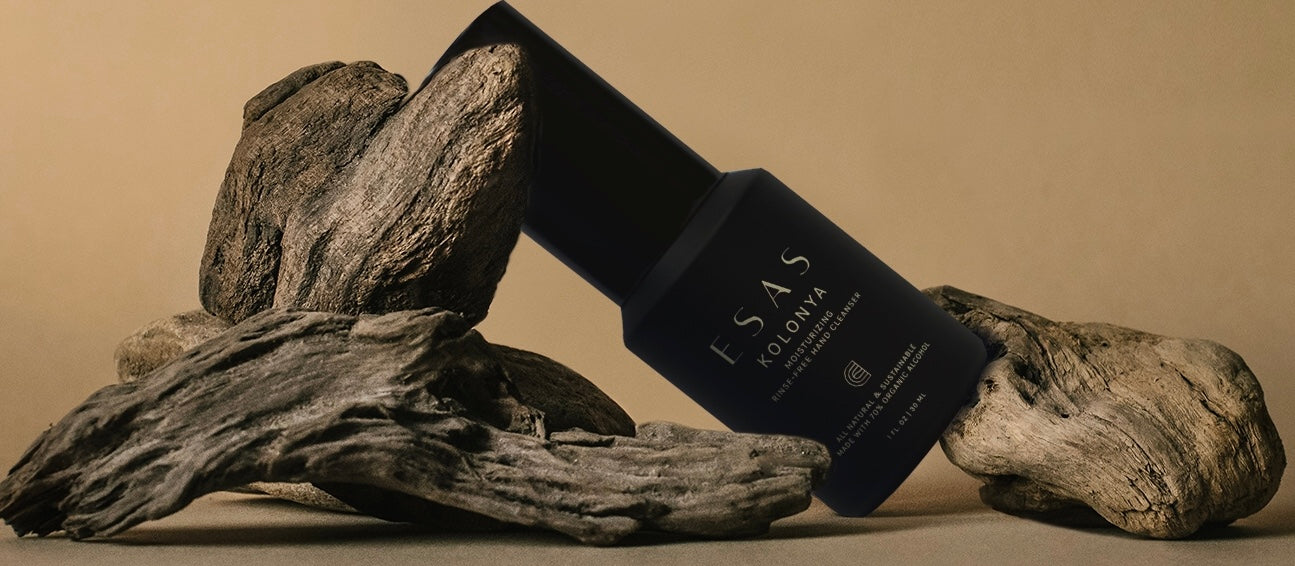Nowadays, every brand urges consumers to recycle their plastic product or their plastic packaging. From the water bottle you buy to the plastic box that holds your beauty product, everything can be recycled, so it seems. This surely makes consumers feel good. Now, they no longer hesitate to buy anything with plastic, because they are convinced that all their products, bottles and boxes are being recycled.
The reality is starkly different. A recent study from Greenpeace¹ sadly concluded that much of the plastic recycling is a myth. The report explains that, contrary to public perception, plastic is extremely difficult to recycle. Plastic comes in a wide variety of forms and colors and most of these cannot be recycled together. Even transparent PET bottles, the ones for bottled water, cannot be recycled together with PET bottles that are dyed green. The solution is a painstaking process of separating plastic one by one before it can be recycled. This is an extremely laborious process, and only a fraction of all plastic waste gets separated like that and can therefore be recycled. Greenpeace says that of the 51 million tons of plastic waste US households generated in 2021, only 5% (2.4ml tons) was recycled.
What happens with the rest? It ends up in an incinerator to be burned. The result is that not only the plastic production creates all kinds of pollution, but also its disposal. Burning plastic is notoriously pollutive. Plastic production and disposal now account for 3.4% of all global greenhouse gases. This means that, if plastic were a country, it would be the 5th largest emitter of greenhouse gases in the world. According to the Center for Environmental Law, by 2050 the cumulation of emissions from making and disposing of plastics since 2015 could reach over 56 gigatons. This is almost 50 times the yearly emission of all coal power plants in the US.
Equally harmful is when the plastic isn’t burned but garbage companies dump it in landfills or into the oceans. According to recent reports, well known recyclers even store mountains of plastic long term in gigantic warehouses because they simply can’t recycle it. When plastic ends up in nature, either in a landfill or in oceans, it gives off methane and other powerful greenhouse gases just by being exposed to the elements. Over time, the plastic will leach off microplastics in the environment, polluting animals, nature and disrupting the oceans ability to sequester carbon from the atmosphere. Since our diet consists of things from nature, be they animals or plants, the microplastics end up in our bodies as well.
While corporations brag about their recycling programs with the chasing arrows on their packaging and in advertising, plastic recycling has actually gone down 4.5% since 2014. Plastic production on the other hand is still skyrocketing. Population growth, coupled with higher disposable income, has led to plastics production doubling in volume between 2000 and 2019 to 460 million tonnes (Mt)
What can we do?
Buy less plastic, more glass. Glass recycling is easy and is done at very high rates. In the US, the glass recycling rate is 63% in states that have glass recycling available for consumers. Even in the worst possible scenario, when glass ends up in the environment, the breakdown is harmless. Glass is made primarily from three components that are abundant in nature; sand, limestone and soda ash. When the glass breaks down it just returns to its natural form of harmless natural elements.
At Esas we have reduced overall plastic use by more than 99%. We use only glass bottles, aluminum caps, cardboard boxes and stone labels. We realize that the only way to properly recycle plastic is not to make it in the first place.
¹ https://www.greenpeace.org/usa/news/new-greenpeace-report-plastic-recycling-is-a-dead-end-street-year-after-year-plastic-recycling-declines-even-as-plastic-waste-increases/

